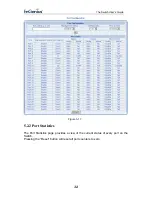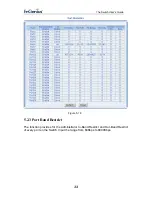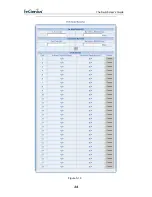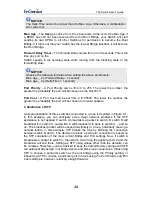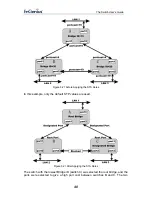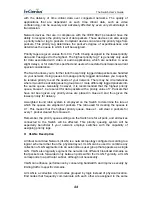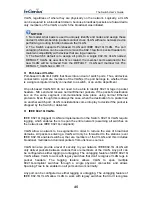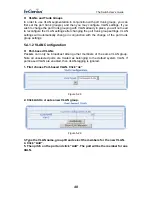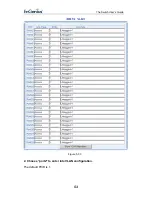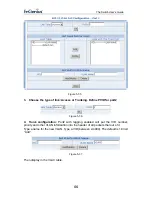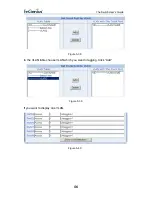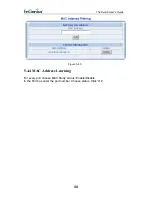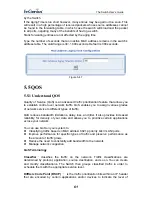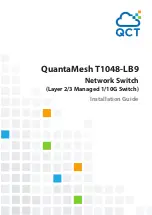
The Switch User’s Guide
VLAN tags in packet headers. The tagging feature allows VLAN to span multiple
802.1Q-compliant switches through a single physical connection and allows
Spanning Tree to be enabled on all ports and work normally.
Some relevant terms:
Tagging
- The act of putting 802.1Q VLAN information into the header of a packet.
Untagging
- The act of stripping 802.1Q VLAN information out of the packet header.
802.1Q VLAN Tags
The figure below shows the 802.1Q VLAN tag. There are four additional octets
inserted after the source MAC address. Their presence is indicated by a value of
0x8100 in the Ether Type field. When a packet's Ether Type field is equal to 0x8100,
the packet carries the IEEE 802.1Q/802.1p tag. The tag is contained in the following
two octets and consists of 3 bits of user priority, 1 bit of Canonical Format Identifier
(CFI - used for encapsulating Token Ring packets so they can be carried across
Ethernet backbones), and 12 bits of VLAN ID (VID). The 3 bits of user priority are
used by 802.1p. The VID is the VLAN identifier and is used by the 802.1Q standard.
Because the VID is 12 bits long, 4094 unique VLAN can be identified.
The tag is inserted into the packet header making the entire packet longer by 4
octets. All of the information originally contained in the packet is retained.
Figure 5-26
The Ether Type and VLAN ID are inserted after the MAC source address, but before
the original Ether Type/Length or Logical Link Control. Because the packet is now a
bit longer than it was originally, the Cyclic Redundancy Check (CRC) must be
recalculated.
46

